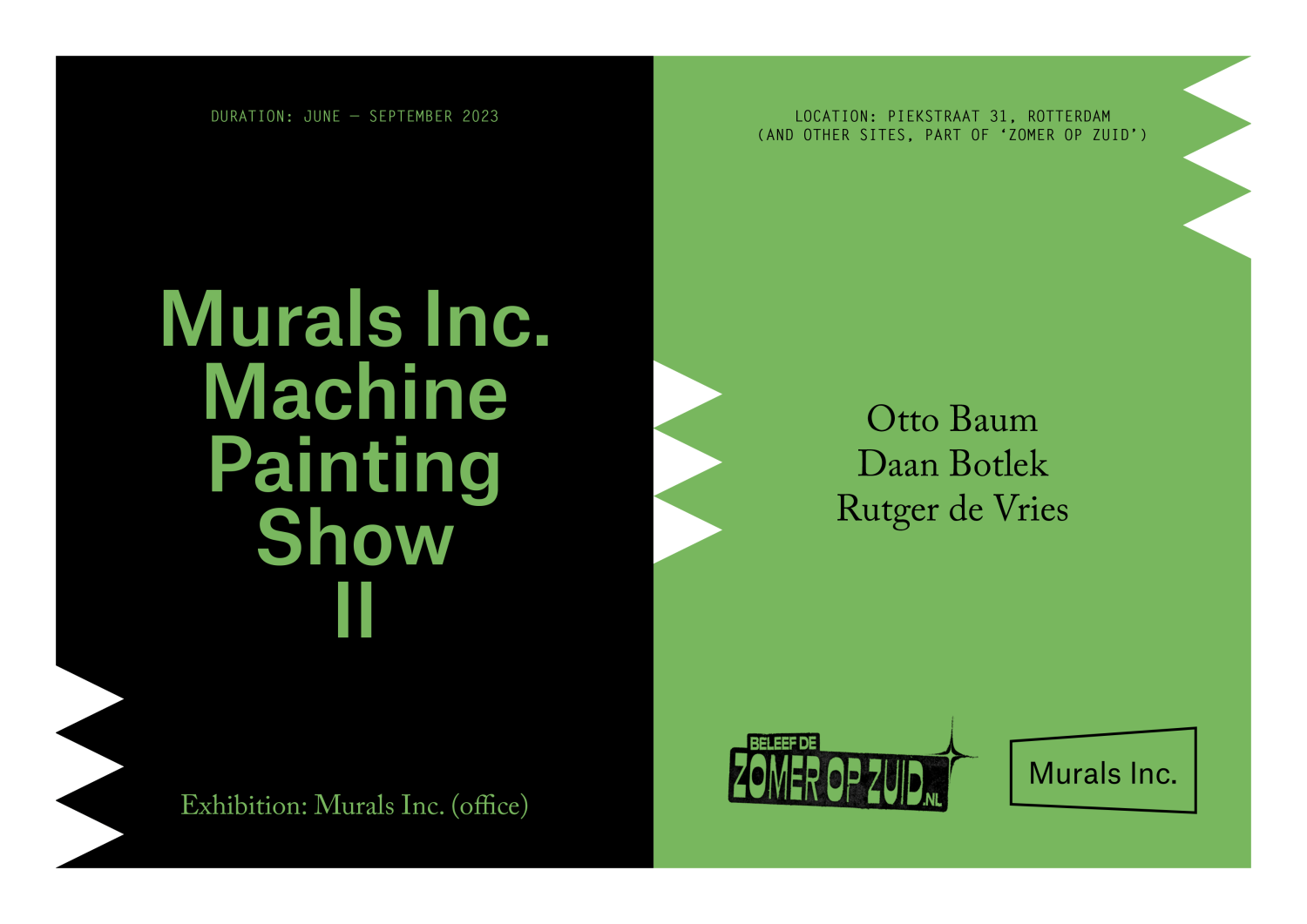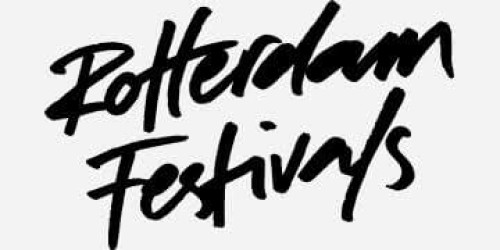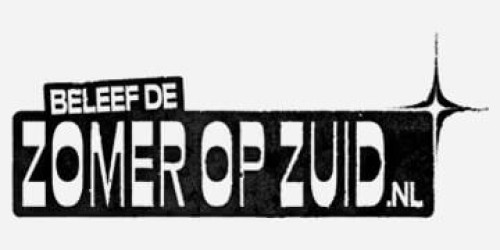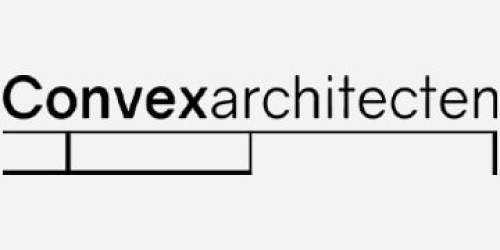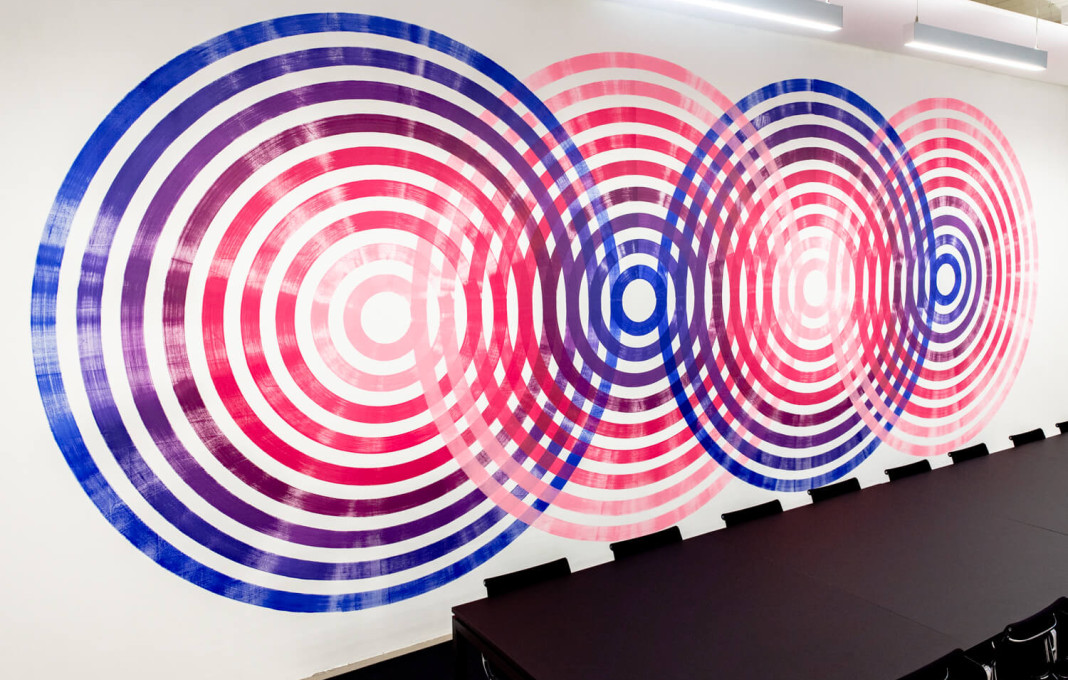 5 Jun-18 Oct 2023
5 Jun-18 Oct 2023
‘Murals Inc. Machine Painting Show II‘ (MMPS II)
Murals Inc. presented during ‘Zomer op Zuid’ the ‘Murals Inc. Machine Painting Show II’, a unique event about the use of innovative paint techniques on walls. The paintperformances took place in the presentation space of Murals Inc. on the Piekstraat and on the Margarine site on the Nassaukade.
Paint performances
The murals at Murals Inc. and the Margarine terrain, were made with self-constructed (analogue) paint machines such as the Airless-Printer by Rutger de Vries, the ‘Unpractical Painting Devices’ by Rotterdam artist Daan Botlek and the analogue tools by German artist Otto Baum. The spectacular paint performances were announced in advance.
Experimental murals
The resulting murals were bold, dynamic and visually stunning, demonstrating the artists’ innovative approach to the creative process. The exhibition emphasized the importance of experimentation, innovation and ingenuity in contemporary art, and encouraged viewers to rethink the process of creating a work of art.
‘Murals Inc. Machine Painting Show II’ was a must-see for anyone interested in experimental forms of mural painting. For paint performances on the Margarine grounds see: https://murals-inc.com/projecten/murals-inc-machine-painting-show-ii-mmps-ii
Paint Performances bij Murals Inc. (office), Piekstraat 31
The paint performances at Murals Inc. were realized by Daan Botlek and Otto Baum. The opening took place on Thursday, July 6, from 5:00 - 8:00 pm.

Daan Botlek
“Daan Botlek (Vlaardingen, 1977) studied Illustration at the Willem de Kooning Academy in Rotterdam. He is known for his large murals both in Rotterdam and abroad, from Leipzig to Bangkok. He also works regularly on illustration commissions for Wired and Nike, among others. He has developed a body of work entirely of his own, and in doing so has attracted a large worldwide audience. In his work, he reports on a universe in which human figures play with the rules of geometry and the laws of physics.”
For some time, Botlek has been experimenting with painting tools that he manufactures himself called, “Unpractical Painting Devices”. During the ‘Murals Inc. Machine Painting Show II’, Daan used these tools to create experimental murals.
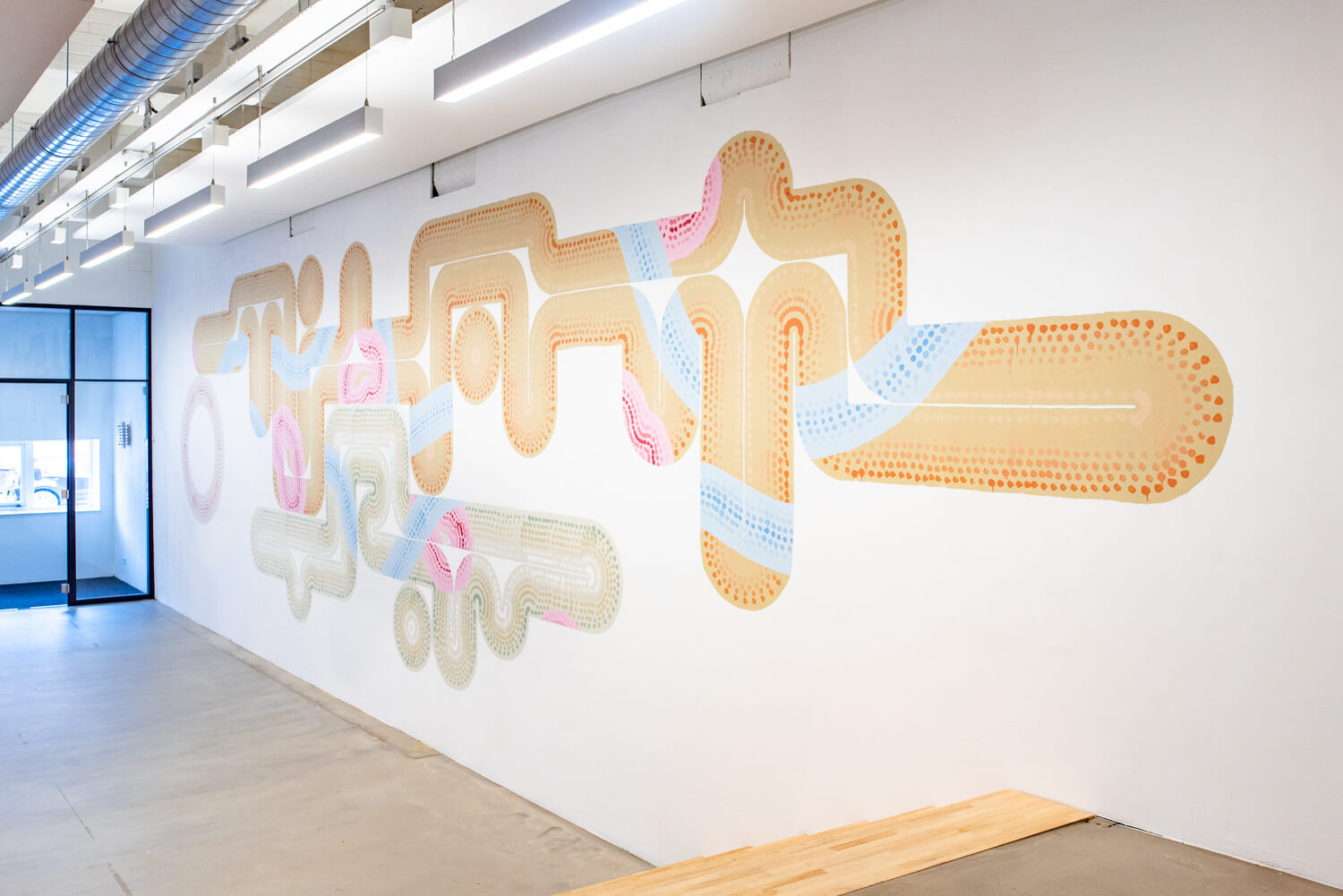
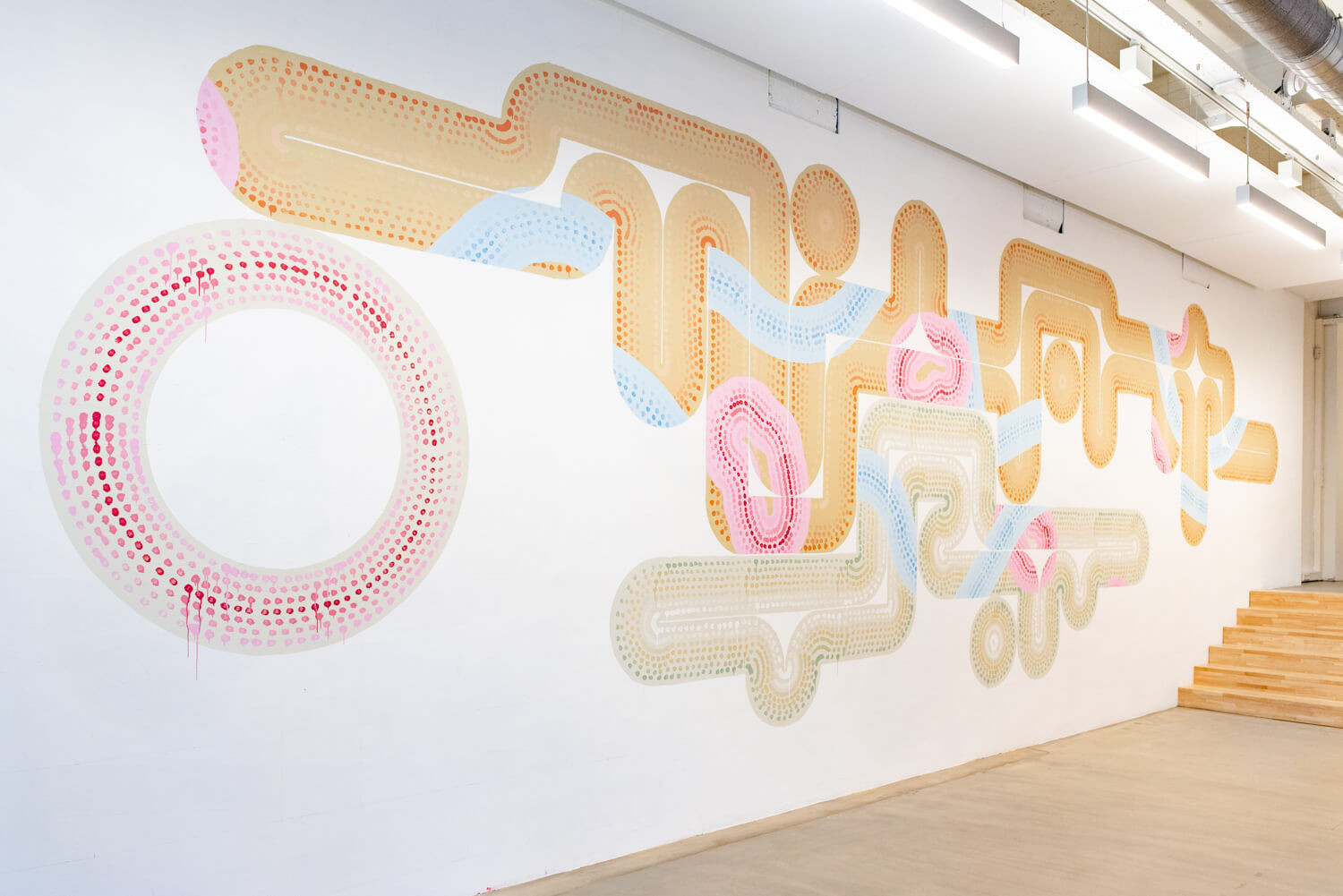
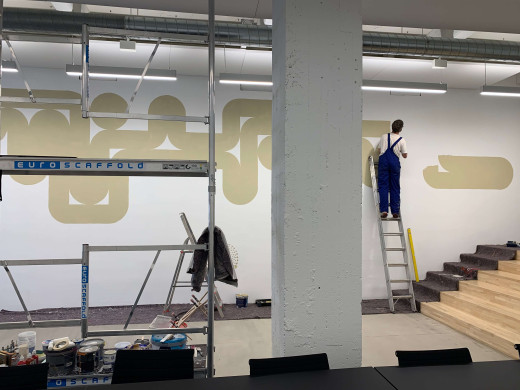
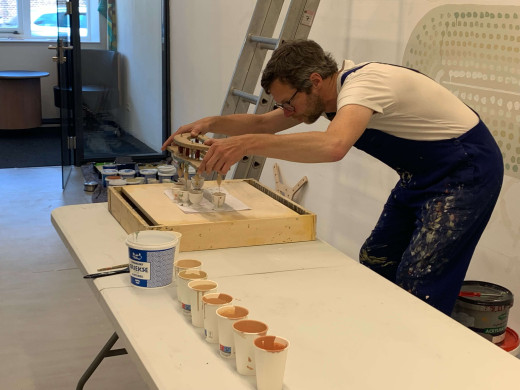
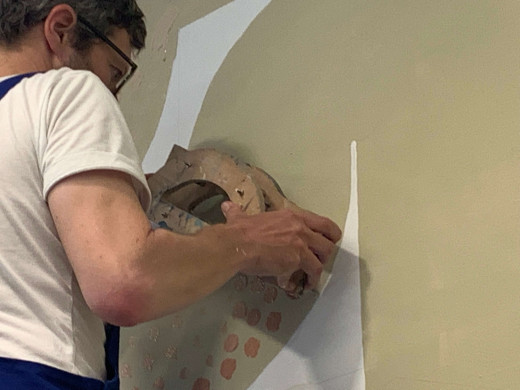

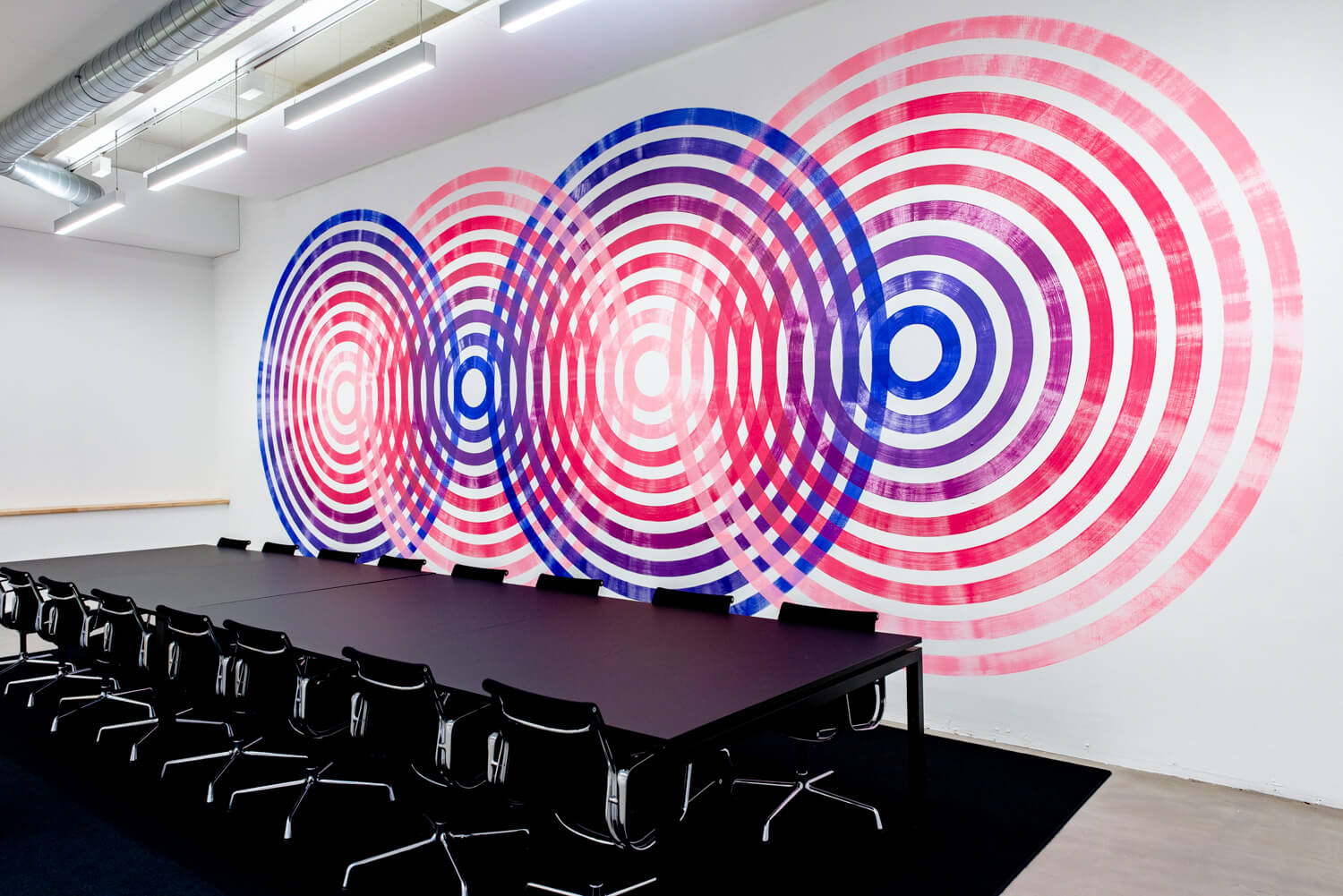
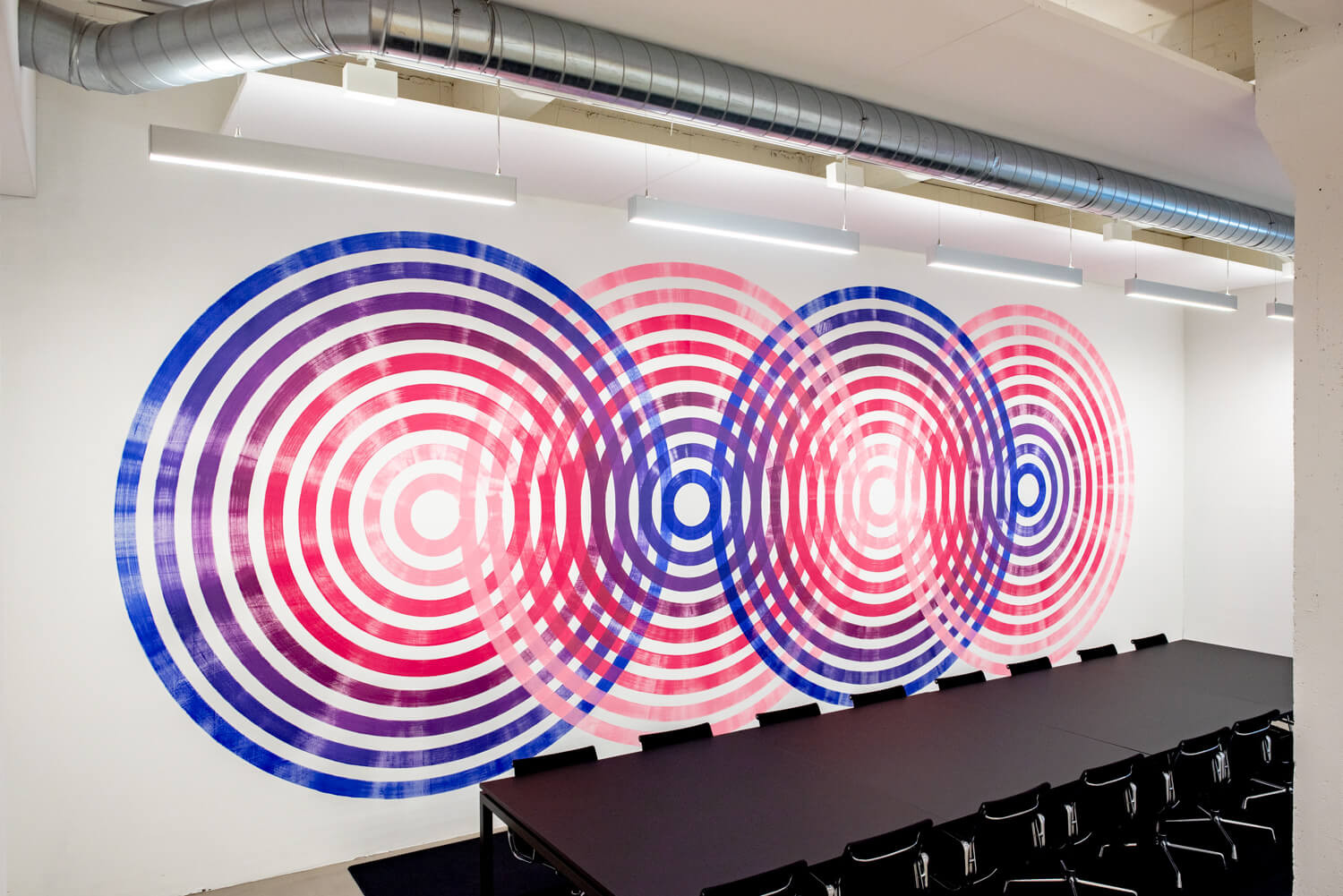
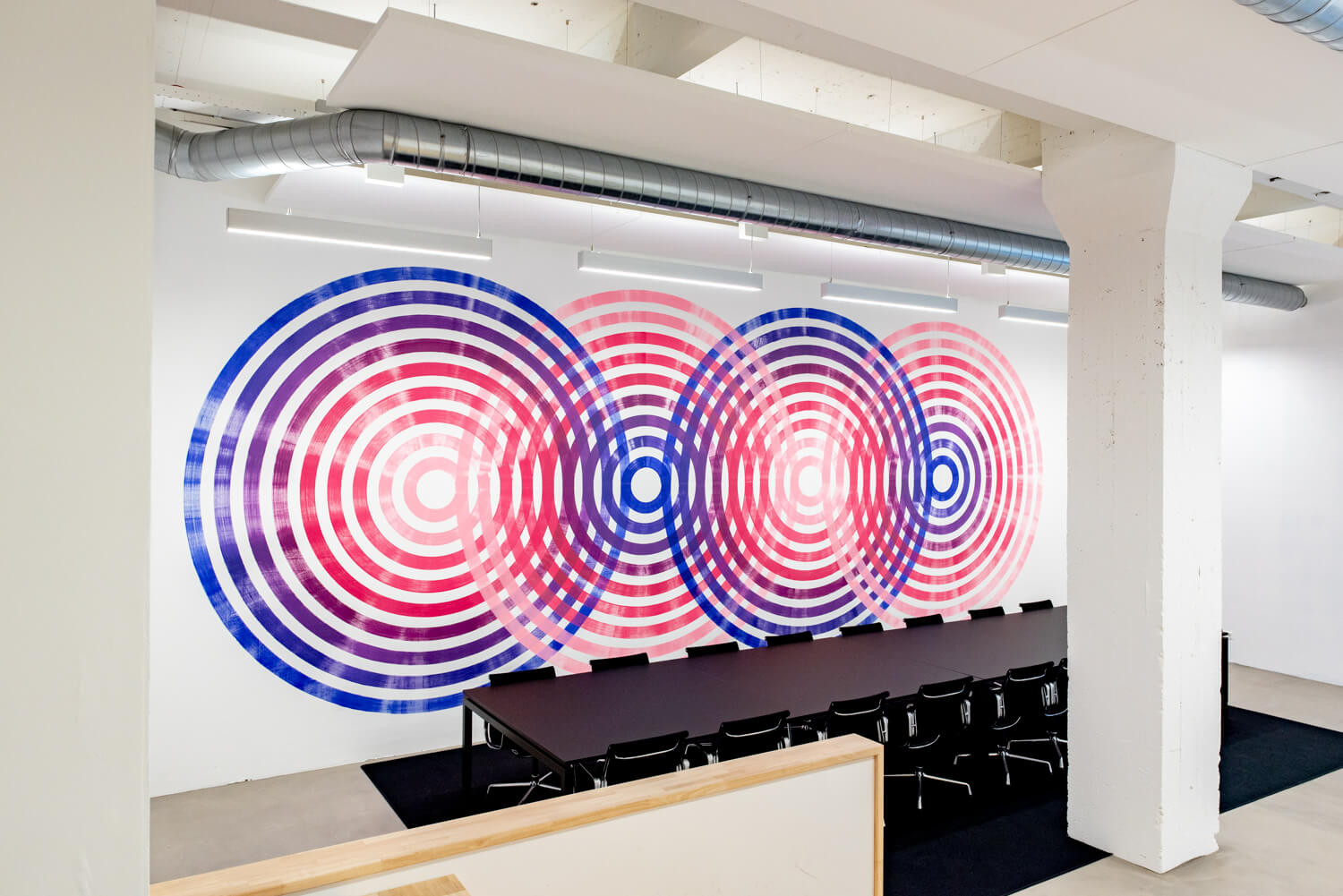
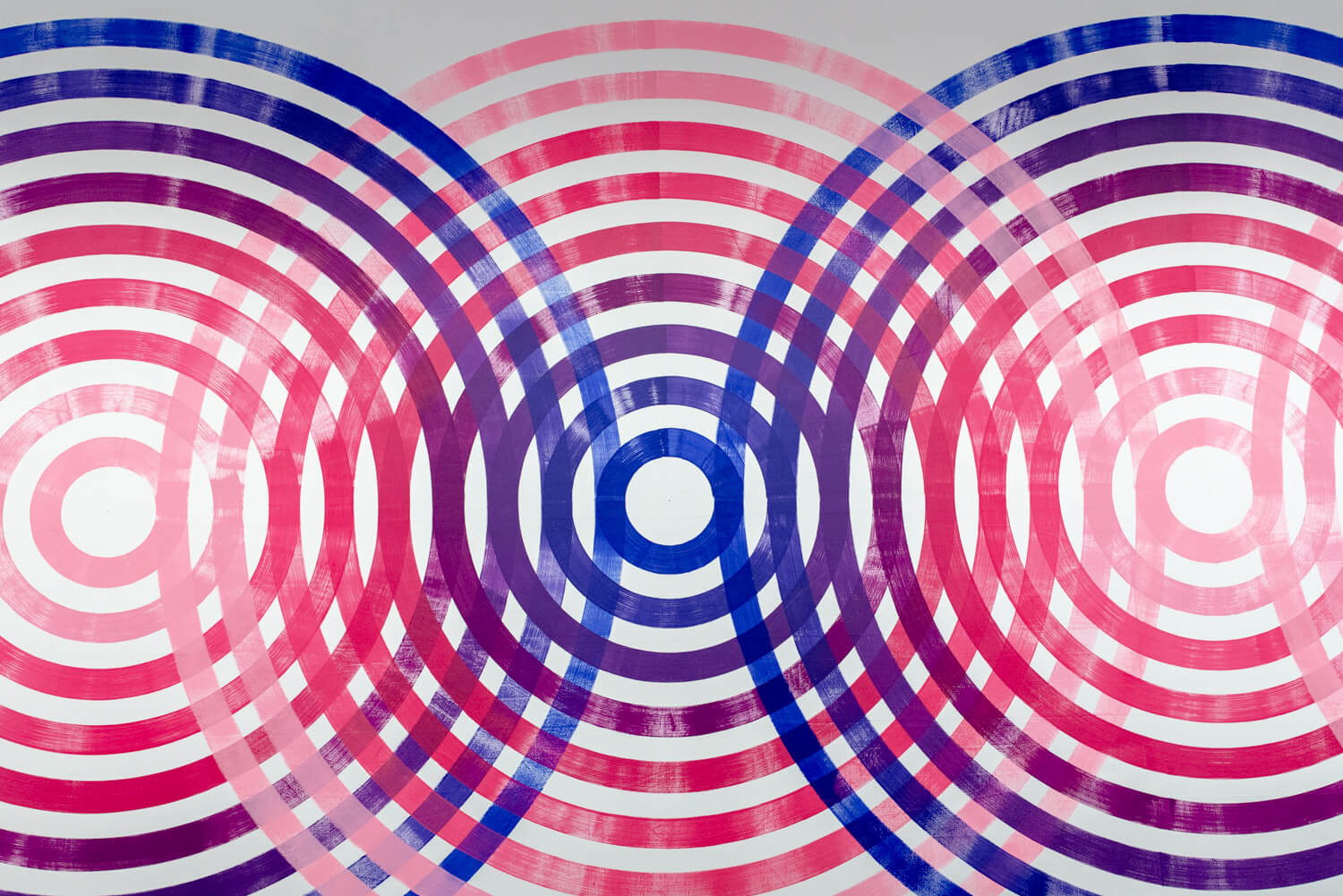
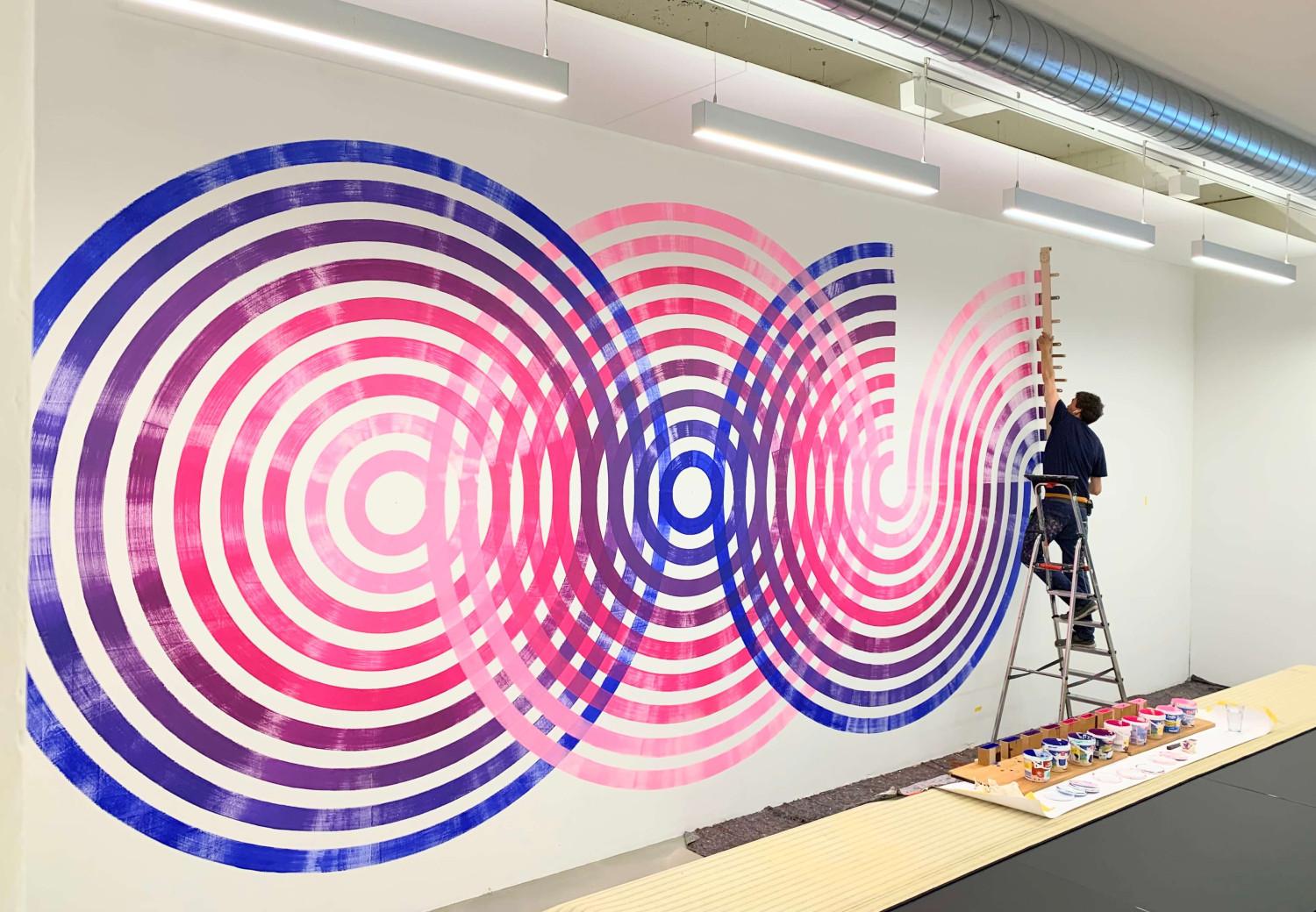
Otto Baum
Otto Baum’s method of working is distinguished by his inventiveness on the one hand and the planning that goes into all his projects on the other. Of primary importance is not so much the final output as the process leading up to it. It is therefore hardly surprising that devising new tools and the utmost creativity in developing his apparatus represent the cornerstones of his working method.
Otto Baum studied textile and surface design. He devoted a long time to hand lettering, a field of design in which both technical sequencing and constant region are essential. His works are rarely executed on canvas or paper, but on walls instead – mostly on the work wall in his studio, which measures about 3.5 x 4.5 meters and is continuously painted over and then painted anew by the artist. One may recognize the basic principles of design theory here as well: the execution of a graphic idea using various means.
He has been developing these means, the so-called “Ottotools”, for almost ten years. They include all kinds of work tools – stencils, brushes, protractors – as well as equipment and painterly tools such as paint trays or strips. Some other examples include laser spirit levels and ladders allowing him to achieve great accuracy even when working high up. Last but not least, digital planning also has a central role to play: Otto Baum owns devices in advance of how he wants to work. The preceding process, building, and elaboration, are the fundamental elements of his practice.
Efficiency enables the artist to implement a process on much larger surfaces single-handedly. In a way, all his tools represent the legitimacy of painting. The tool sets the pace; Otto Baum executes. Using paint and a typically uneven number of brushes, he puts abstract forms on the wall. Lines and geometric shapes are created: circles, at mes semicircles, quadrants, or octants. In other words, he leads his brushes freely and almost arbitrarily across the wall. He frequently experiments with different colors and the nuances of those colors. Superimposition creates tertiary colors, and negative surfaces appear next to positive ones. Structure and brushwork are clearly discernible in the applied paint but never appear flawless – yet perfection is not the goal. The spontaneity of the works emerges in the course of their execution, as not everything that may be planned can also be achieved. His interest lies in the oen random interactions of forms, in emerging patterns, transpositions, and grids.
Otto Baum works serially: on each day he spends in the studio, he creates one work on the wall and documents this process. This is particularly interesting since the bulk of his work – conceptualization – never becomes visible to the viewer. Only the brief period of painting and the result are tangible. It is in the nature of the work wall that each piece must be painted over – and then it all starts over again. Always new, always different; like an ongoing experiment with the primary goal of production. Otto Baum’s approach resembles a game, the release exhaustion of possibilities. Only the favorites from his work will end up being reproduced – and by then they have long been painted over.
Text by Julia Meyer-Brehm
